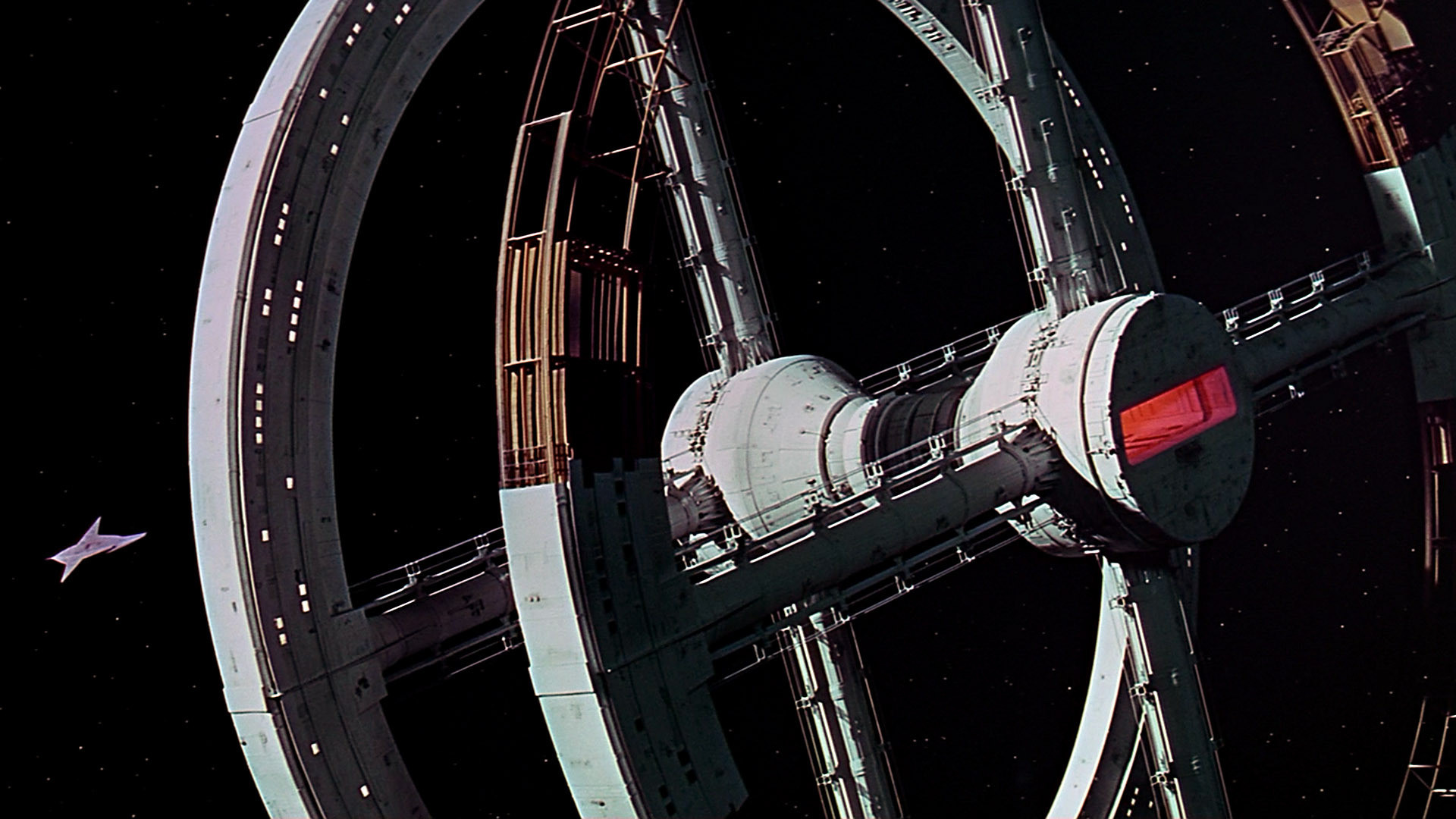Professor
Olivier Gahinet [FR]

VENEZIA MODERNA
Manfredo Tafuri said that Le Corbusier project for Venice hospital «completes a completed city».
Indeed, Venice seems «finished» in every sense, as a city which may see its end soon: under the flood caused by the global warming, or because of the mass tourism associated with globalization, which turns the old cities into theme parks.
A city where public space lives in its stones, Venice is also this city where some wants to make people pay to enter piazza San Marco. If our civilization doesn’t change, the city won’t make it. However, the historic cities, Venice, Paris or Rome, are a precious testimony: they keep alive this rare public space attacked everywhere else.
In Marghera, factories helped to develop the economy but have also polluted the soil and the port has transformed the environment of the lagoon. Today, like everywhere else, the buildings are replaced one by one, without any long term organization. Porto Marghera, with all its problems, had a structure and strength in the landscape, and brought activities. Now, it only offers the same desolate landscape we see everywhere. However, Venice oddly remains a model for the XXIst century post-crisis city: it is a place where permanence and parsimony reign, where space is, by force, costly. Here, we will be able to design on a large scale and deal with the territory itself. Venice is THE city, where we cannot add anything: however, it is precisely what we are about to do in the workshop. We, too, will try to complete a completed city.
Which kind of experience do we want people to have in Marghera or Venice today? To connect the two parts of the city, we propose to invent a new territory, neither lagoon nor terraferma. It would give to people at a large scale the same feeling than in Venice islands due to a fusion between the shore and the sea. In the first part of the workshop, we will design a physical structure to deal with the most important border of Marghera, the one with the lagoon and so with Venice. Partly on the sea, partly on the ground, it will offer urban spaces open and continuous at the same time, with the help of a grid of « serving spaces » and water. It will become an « urban pontoon » oriented to Venice. As the space station in 2001, A Space Odyssey, the structure will be built before being occupied.
In the second part of the workshop, the students will propose and design the dwellings which will fill the structure and make it grow like a three dimensional city.
In continuing Venice, we must understand it, without copying it – in order to learn how to give every city a form.
Manfredo Tafuri descrive l’ospedale di Venezia di Le Corbusier come un progetto che «completa una città finita».
Venezia sembra realmente una città compiuta in ogni senso del termine, sia come città che rischia di vedere la propria fine, sommersa da inondazioni legate al cambiamento climatico, e del turismo di massa, legato alla globalizzazione, che trasforma le città storiche in parchi a tema.
Città dove lo spazio pubblico è impresso nella pietra, Venezia, è anche il luogo dove c’è chi propone un accesso a pagamento a piazza San Marco. Senza cambiamenti profondi della nostra civiltà, la città non potrà sopravvivere. Tuttavia, città storiche come Venezia, Roma o Parigi, sono una testimonianza preziosa che mantiene viva l’idea di spazio pubblico minacciato in molte città.
A Marghera l’industria ha permesso lo sviluppo economico, ma allo stesso tempo ha contaminato i suoli e il porto ha alterato l’ambiente lagunare. Oggi coem dappertutto ormai, gli edifici vengono sostituiti uno ad uno, senza un’organizzazione a lungo termine. Porto Marghera, nonostante tutti i suoi problemi, aveva una struttura e una forza a livello territoriale che attraeva attività. Oggi non offre niente di più dei paesaggi desolati che sempre più spesso di incrociano. Venezia rimane però stranamente un modello per la città pos crisi del 21esimo secolo: è un luogo dove la permanenza e la parsimonia regnano, dove lo spazio è per forza di cose finito e costoso.
È qui che avremo la possibilitò di progettare ad una grande scala e di confrontarci con il territorio. Venezia è LA città, dove non possiamo aggiungere nulla: tuttavia, è precisamente quello che ci proponiamo di fare in questo workshop, completare la città finita.
Che esperienza si vuole avere di Venezia o di Marghera oggi? Per metterle in relazione, dobbiamo inventare un nuovo territorio che non sia né la laguna, né la terraferma; dobbiamo immaginare un equivalente a grande scala, un equivalente moderno della fusione tra la terra e il mare che si può percepire a Venezia.
Durante la prima settimana progetteremo assieme una struttura suscettibile di modellare il limite più importante di Marghera: quello con la laguna, quindi con Venezia. Questa struttura non sarà senza analogie con alcune megastrutture disegnate in Giappone (Tange), in Italia (Purini e Gregotti) e in Francia (Ciriani). Costruita in parte sulla laguna, in parte sulla terra ferma, offrirà degli spazi urbani continui e aperti, appoggiati su una trama di spazi “serventi” e sulla presenza fondatrice dell’acqua. Così si svilupperà un “molo urbano” orientato su Venezia per ricreare il legame tra questa e Marghera.
Come la stazione spaziale di 2001: Odissea nello spazio, la forma e le qualità urbane di questa struttura saranno messe in opera prima di essere interamente occupate. Nella seconda parte del workshop, gli studenti disegneranno gli alloggi che si innesteranno in questa struttura tridimensionale. Continuare Venezia è guardarla senza imitarla, comprenderla senza copiarla per imparare a dare una forma a tutte le città.
